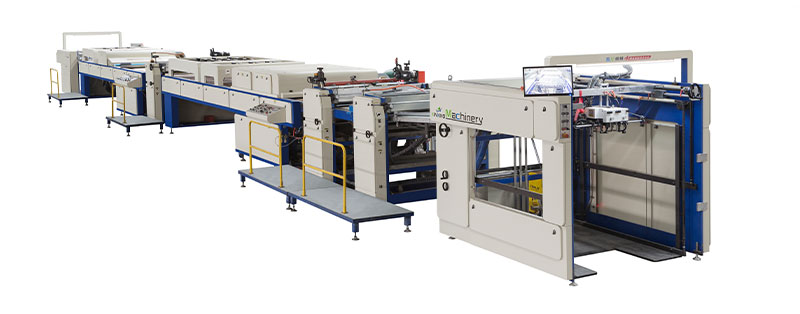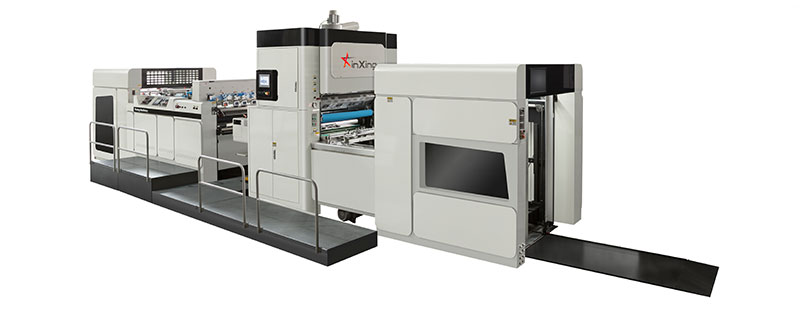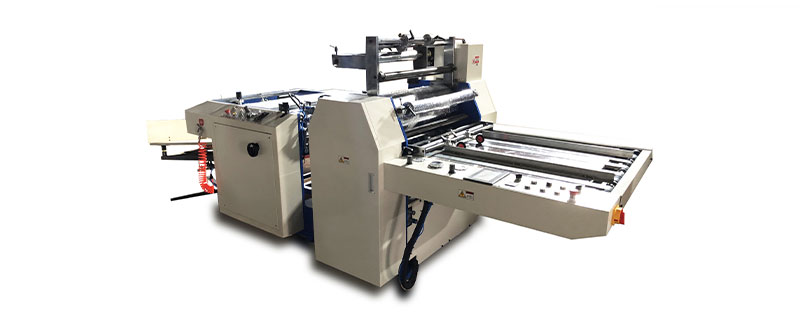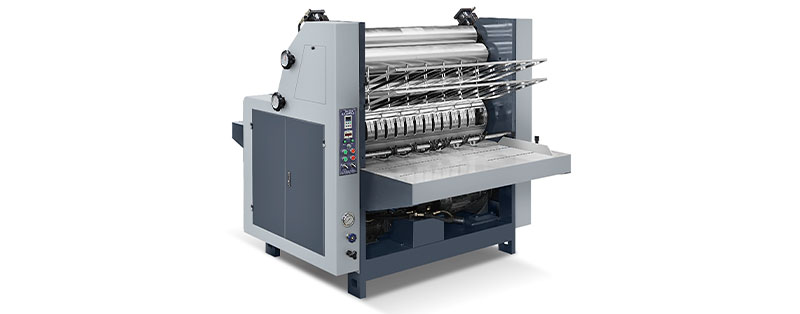The following is the maintenance flowchart of the Automatic Varnishing Machine:
|Start→|Cleaning Work (External, Internal)|→|Varnishing Roller Maintenance (Roller Surface, Roller Shaft)|→|Lubrication Maintenance (Transmission Parts, Motor)|→|Filter Replacement (Air, Varnish)|→|Regular Calibration (Varnishing Parameters, Sensors)|→|Safety Inspection (Electrical System, Protective Devices)|→|End|
I. Cleaning Work
a)External Cleaning:
Regularly wipe the body of the Automatic Varnishing Machine with a clean and soft cloth to remove surface dust, oil stains, and other impurities. Keep the equipment's appearance clean and prevent impurities from entering the interior and affecting its operation.
II. Varnishing Roller Maintenance
a)Roller Surface Cleaning
Use a special cleaner and a soft brush to gently scrub the surface of the varnishing rollers to remove cured varnish and impurities. Ensure that the roller surface is smooth and flat to avoid affecting the uniformity of varnishing.
b)Roller Shaft Inspection
Check whether the varnishing roller shafts have signs of wear or looseness. If there are any problems, adjust or replace the roller shafts in time to ensure the stable rotation of the varnishing rollers.
III. Lubrication Maintenance
a)Lubrication of Transmission Parts
Regularly apply an appropriate amount of lubricating oil to the machine's chains, gears, guide rails, and other transmission parts to reduce friction loss, ensure smooth equipment operation, and reduce the risk of component wear.
IV. Filter Replacement
a)Air Filter
Regularly apply an appropriate amount of lubricating oil to the machine's chains, gears, guide rails, and other transmission parts to reduce friction loss, ensure smooth equipment operation, and reduce the risk of component wear.
b)Varnish Filter
The varnish filter can effectively filter impurities. Regularly check its filtering effect and replace it if necessary to ensure the purity of the varnish and avoid impurities clogging the nozzles or affecting the varnishing quality.
V. Regular Calibration
a)Varnishing Parameter Calibration
Use standard test paper to regularly calibrate the varnishing thickness, glossiness, and other parameters. Adjust the relevant settings of the Automatic Varnishing Machine according to the calibration results to ensure stable varnishing quality.
b)Sensor Calibration
Check the accuracy of the paper detection sensors, varnishing position sensors, etc. If there is any deviation, calibrate them in time to ensure accurate paper feeding and varnishing positions.
VI. Safety Inspection
a)Electrical System Inspection
Check whether the electrical wiring is damaged or aged, whether the plugs and sockets are in good contact, and whether the grounding is reliable. Eliminate electrical safety hazards in time to prevent electric shock accidents.
b)Protective Device Inspection
Ensure that the machine's protective doors, safety shields, and other protective devices are intact and closed tightly. They should effectively prevent operators from touching dangerous parts during normal operation.






